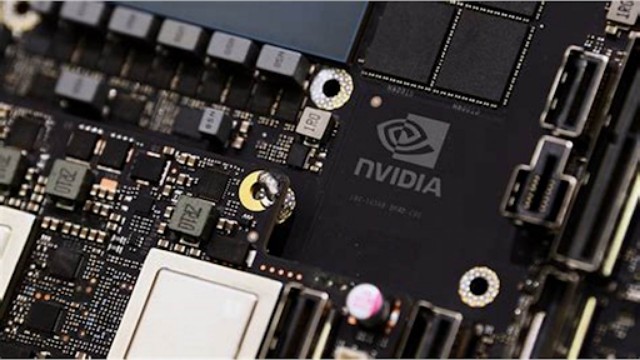
SpaceX successfully catches Starship booster in fifth test flight Reuters
On October 13, 2024, SpaceX marked a significant achievement during its fifth test flight of the Starship rocket. This time, the company successfully returned the towering first stage booster to its launch pad in Texas using massive mechanical arms. This engineering feat is a key step in SpaceX's ambition to create a reusable spacecraft for missions to the Moon and Mars.
The test began at 7:25 a.m. Central Time when the Super Heavy booster launched from SpaceX's facilities in Boca Chica, Texas. After sending the second stage of the Starship rocket into space, the booster separated at about 70 kilometers (40 miles) high. This separation was a crucial moment, as it signaled the start of the booster’s return to Earth, an operation that required precision and skill.
To control its descent, the Super Heavy booster reignited three of its 33 Raptor engines, which helped slow its fall back to the launch site. The booster aimed for the launch pad, which is taller than the Statue of Liberty at over 400 feet. At the top of the tower, there are two large metal arms designed to catch the booster as it lands.
As the engines roared, the 233-foot (71-meter) Super Heavy booster successfully maneuvered into position, securing itself in the tower's grasp by catching on small bars located under its four grid fins. “The tower has caught the rocket!!” exclaimed SpaceX CEO Elon Musk on X, formerly known as Twitter, as cheers erupted from SpaceX engineers watching the live feed.
This innovative method of catching the rocket is part of SpaceX's ongoing efforts to develop a fully reusable launch system. Such advancements aim to reduce costs and increase the frequency of space travel. The ultimate goal is to transport more cargo into orbit, enable human missions to the Moon for NASA, and eventually establish a presence on Mars.
Meanwhile, the upper half of the Starship rocket was cruising at around 17,000 miles per hour, approximately 89 miles above Earth, on its way to the Indian Ocean near western Australia. About 90 minutes into the flight, it aimed to demonstrate a controlled splashdown in the ocean.
During reentry, onboard cameras captured stunning visuals of the ship surrounded by a pinkish-purple glow from the intense heat of reentry. This heat is managed by 18,000 heat-shielding tiles that were improved since SpaceX's last test flight in June. Although that mission ended with tile damage, this time the Starship appeared to withstand the intense conditions better.
After re-igniting one of its six Raptor engines, the Starship positioned itself for a simulated landing on the ocean's surface. The live stream showed the rocket landing successfully in the nighttime waters off the Australian coast, although it toppled onto its side afterward. Shortly after, a nearby camera captured the ship exploding in a brilliant fireball, eliciting screams of joy from SpaceX engineers. It was unclear if this explosion was a planned detonation or a result of a fuel leak, but Musk noted that the ship landed “precisely on target!”
Since its unveiling in 2017, Starship has faced multiple challenges, including several explosions during earlier tests. However, the rocket successfully completed its first full flight in June, marking a turning point in its development. Prior to the fifth test, the U.S. Federal Aviation Administration granted SpaceX the necessary launch license, resolving previous tensions between the company and regulators over launch approvals and associated fines.
This successful test flight demonstrates SpaceX's determination to advance rocket technology, paving the way for future exploration beyond Earth.















